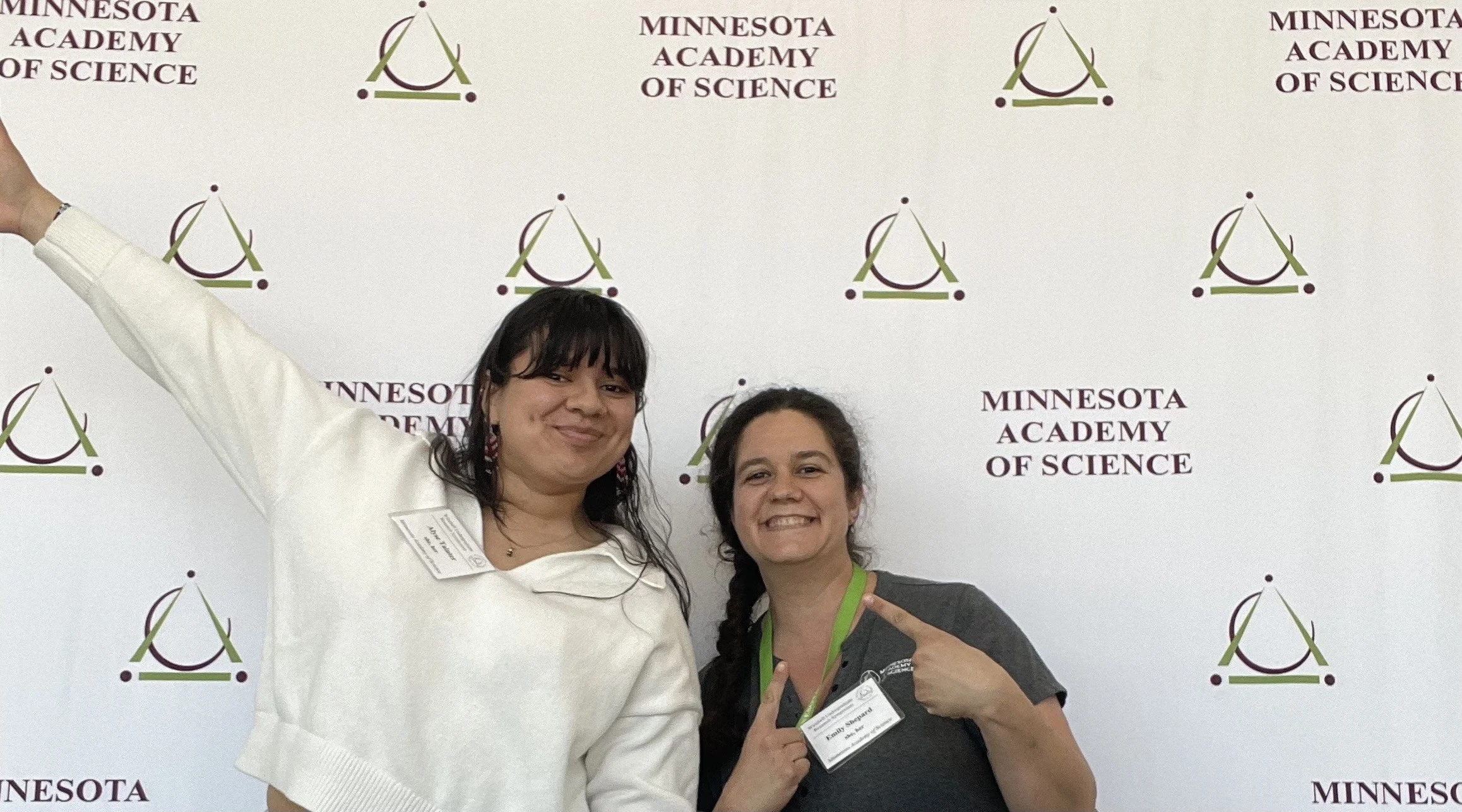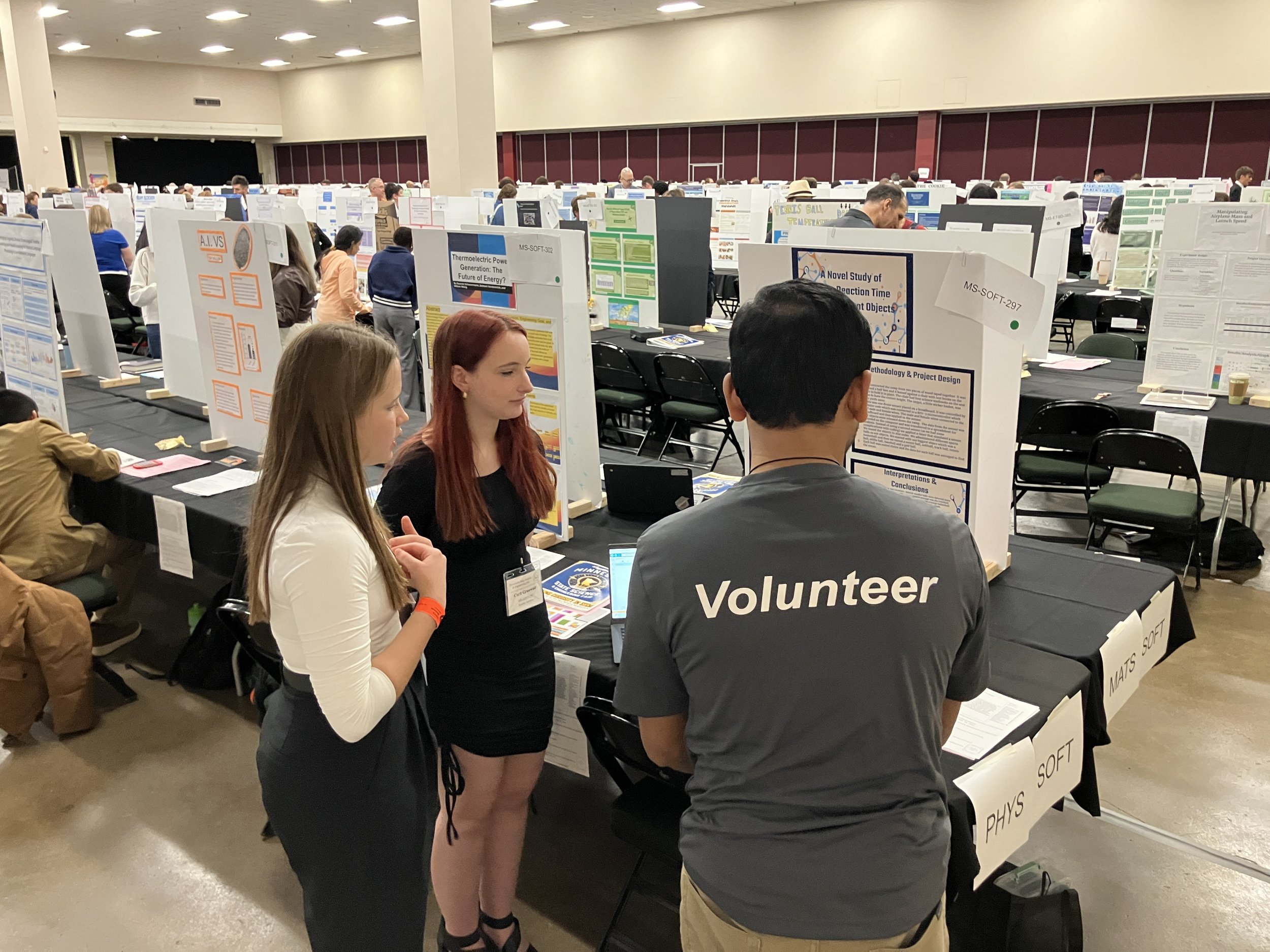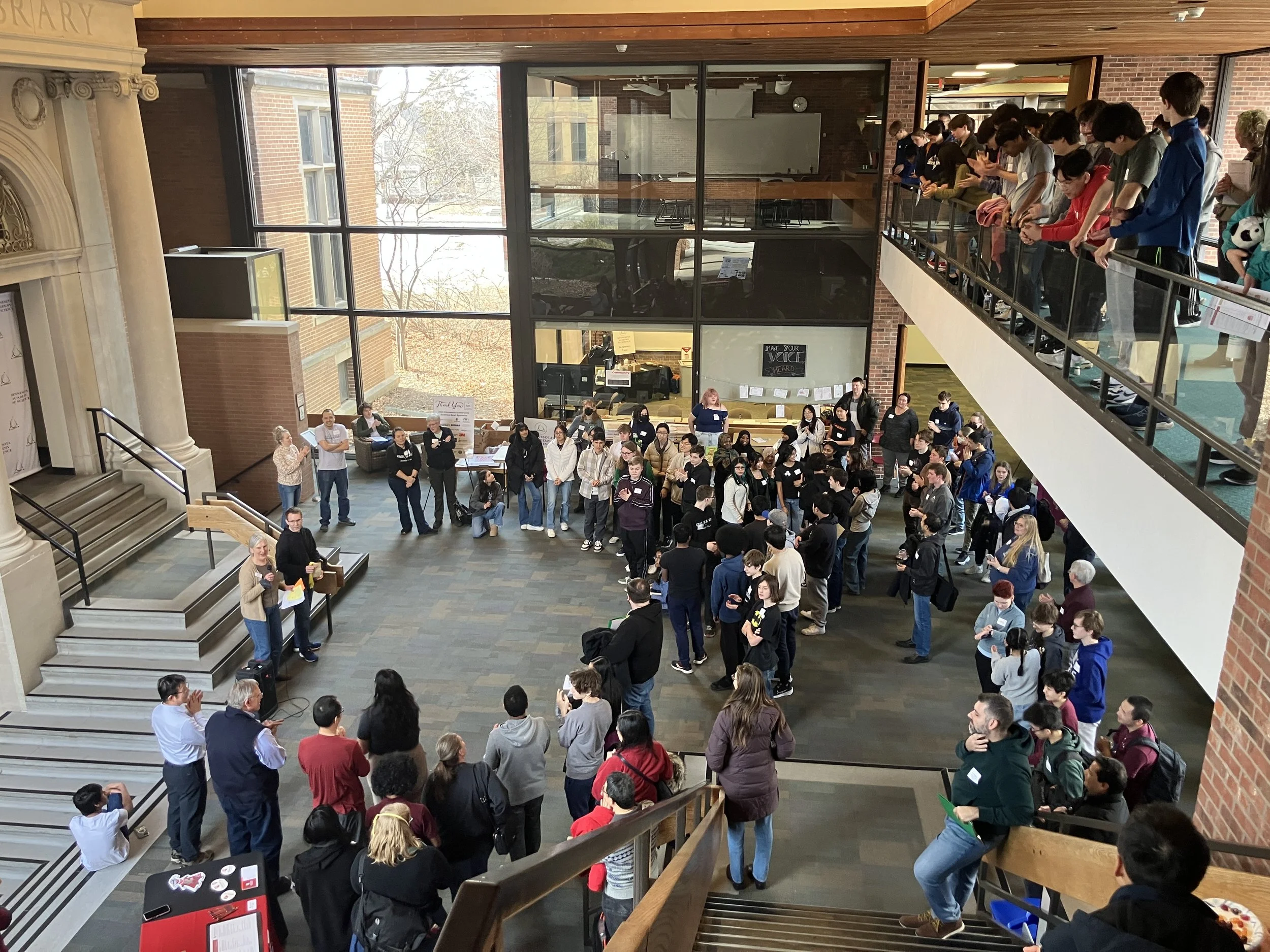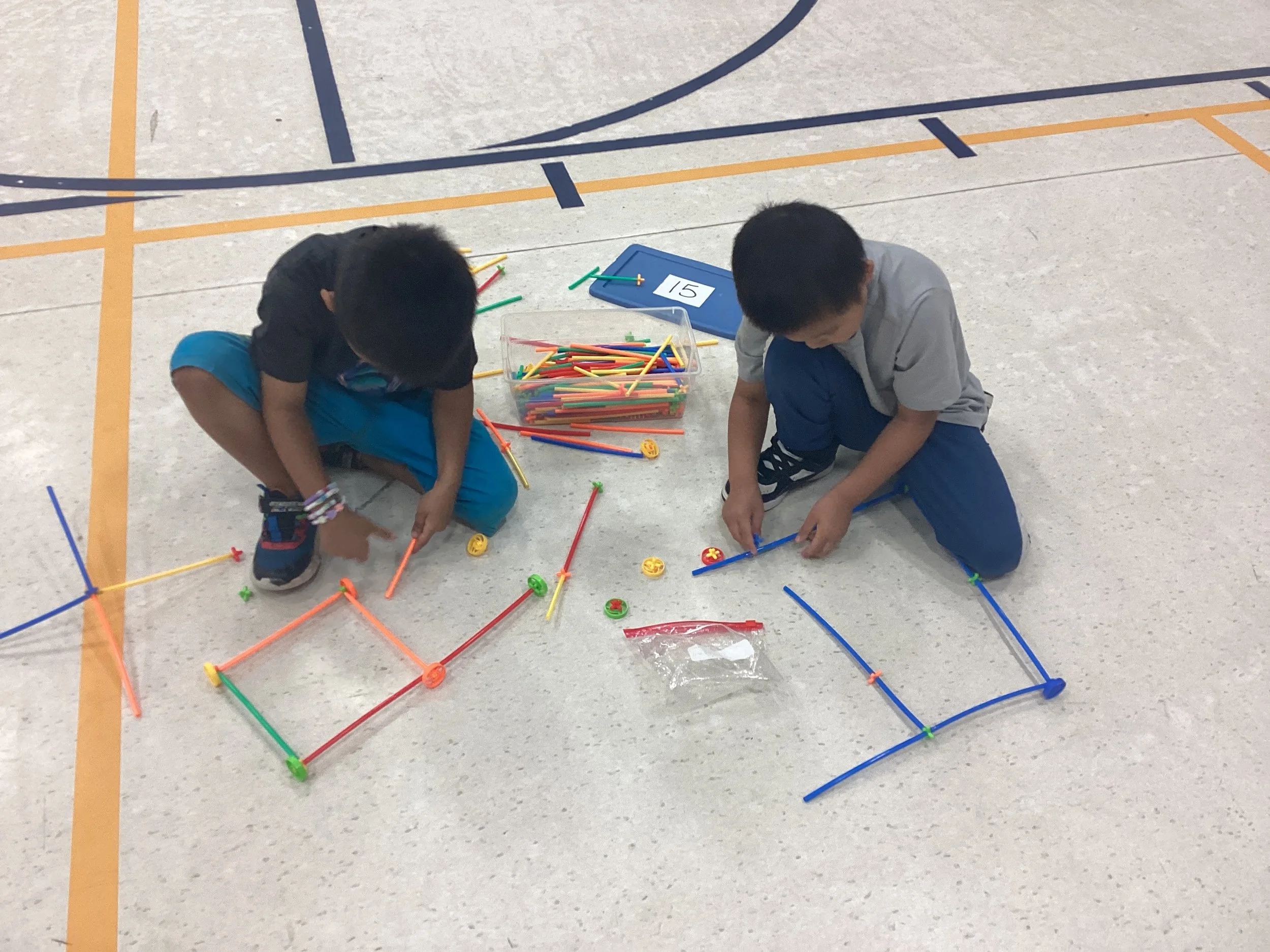We had another amazing Science Salon, at the St. Anthony Falls Laboratory (SAFL), which was started in 1938 with the intention of studying hydraulic and river engineering for the Department of Civil Engineering. Built on the Mississippi, the scientists were and still are able to reroute some of the Mississippi’s water through the building, which has allowed them to study fluids and flow using physical modeling.
On the tour we were shown studies in progress and we learned how SAFL has shifted its focus in research. As fewer dams are being built, SAFL’s focus of study has changed from how the river’s flow affects dam constructions to hybrid studies and geological modeling. Several modeling experiments are looking at tectonic forces and their relationship between water flows and erosion. What happens when there is tectonic uplift and water erosion happening? What’s the right mixture of uplift and erosion to create a mountain? A valley? A flat landscape?
Although the major focus of study at SAFL has shifted to geology, it hasn’t abandoned river flow studies. Some of their studies are about deltas and how sedimentation adjusts with changing flows of water. There is a study about the behavior of water flow through culverts, how it affects fish habitat, and how we might change those water flows to create habitat better suited for fish.
The lab is built into the limestone bedrock, with the waters of the Mississippi flowing through its piping like veins through a body, the St. Anthony Falls Laboratory focuses on more than water flow. Another major component of study here is airflow. On one of the many floors of the lab, they have an Atmospheric Boundary Layer Wind Tunnel.
This wind tunnel is unique in that it allows SAFL to more closely replicate the variable velocity of wind as it travels through our atmosphere. Using this wind tunnel, they have been able to study how wind moves through a cityscape as well as the best orientations of wind farms to optimize efficiency. This last area of study, specifically wind farms and how to optimize their efficiency, was the focus of SAFL’s director Dr. Fotis Sotiropoulos’ presentation.
Dr. Sotiropoulos started as Director of SAFL in 2006, and moved on to become Dean of the College of Engineering and Applied Sciences at Stony Brook University in New York shortly after his presentation to us. We were lucky to hear about some of the work he has done during his time at SAFL before his departure.
Dr. Sotiropoulos began by speaking about why it is important that we study the relationship between wind flows and wind farm arrangement. Currently 88% of our energy is coming from nonrenewable sources, and we are on the brink of peak oil. He indicated that wind, solar, wood, and geothermal energies only account for 1% of our current energy usage — and this is where our efforts in advancement should be focused. Wind has some of the best potential because it is already competitive with our current energy consumption.
Although Minnesota is not the best place for wind farms (the best places being on the coasts of the Pacific and Atlantic), it is better than the majority of the country. The U.S. has a goal of 20% of our energy coming from wind by 2030. Minnesota has more ambitious goals, which Dr. Sotiropoulos said is doable as long as we make informed decisions about wind farm arrangement in order to optimize the energy produced by our turbines.
SAFL uses a variety of resources to test the impact and efficiency of different arrangements of turbines that affects the wind flow through wind farms. It is evaluating whether it will work to have a swiveling turbine that automatically shifts to catch the most wind. They are looking at how the efficiency of wind farms changes if the wind first travels through a cityscape, and how big weather events could potentially affect a wind farm. They are even looking into whether putting turbines underwater and using water flows could be another opportunity for more renewable energy.



































